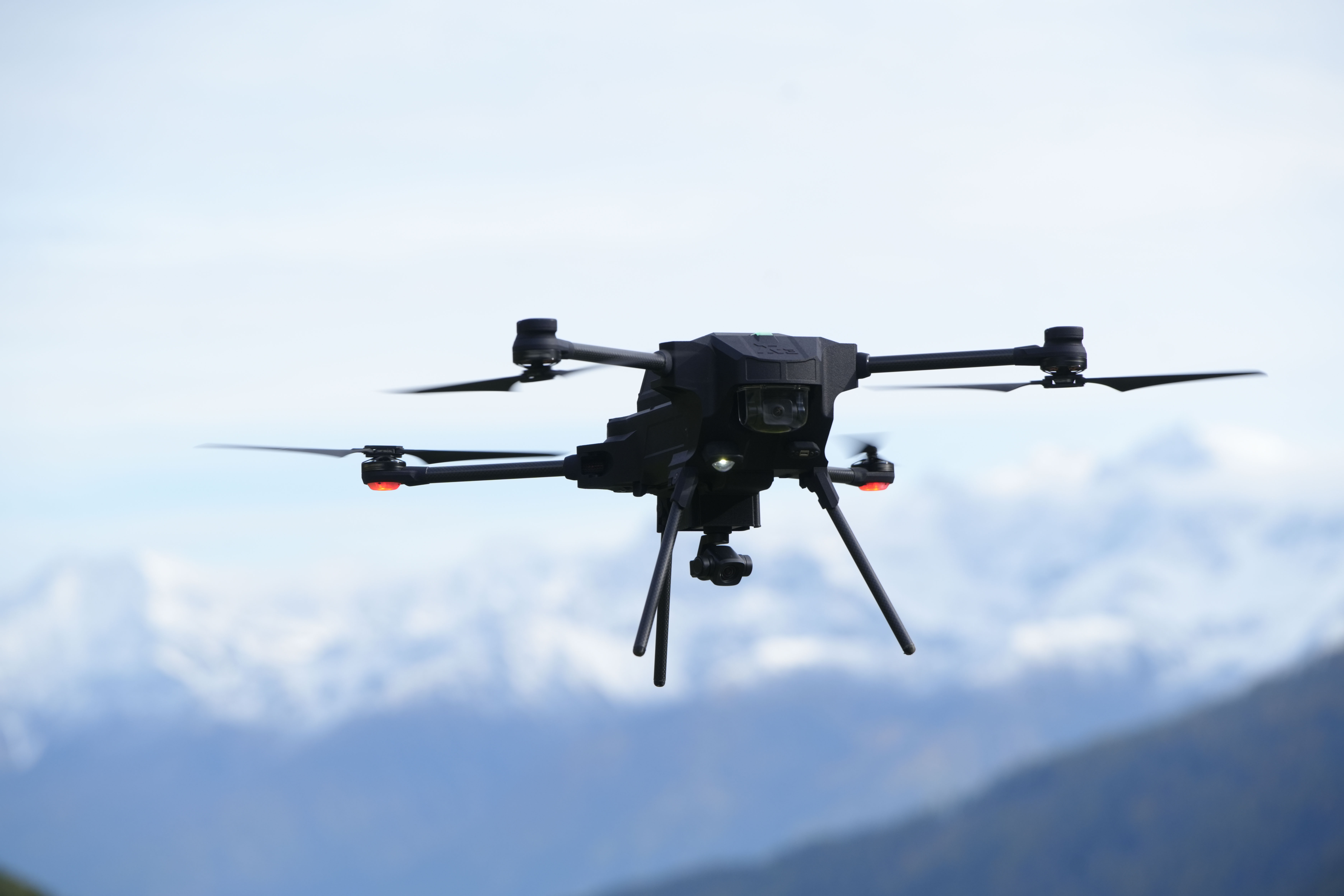About us

The HURRICANE project is a multidisciplinary European consortium that aims to enhance disaster response efficiency and safety for first responders using advanced robotics. By including Unmanned Aerial Vehicle (UAV) and Unmanned Ground Vehicle (UGV) cooperation, smart communication systems, it aims to improve hazard management, reduce operational risks, and overall, boost Europe’s robotics industry.
Severe weather incidents and their consequences
According to the World Meteorological Organization, the frequency of severe weather incidents has quintupled over the last five decades, causing more than 100 000 fatalities and 1.5 trillion euros of economic losses in Europe (EU).
The wildfires and floods experienced by EU countries in summer 2023 confirmed that these natural disasters are a significant challenge to address over the years to come. On the other hand, despite a decreasing trend, technological disasters, man-made hazardous events, caused more than 150 thousand of deaths over 2000-2021 period, one of the last most important events being the explosion in the port of Beirut (Lebanon) in 2023.
This additional pollution leads to greater vulnerability among populations and the degradation of ecosystems. Consequently, disaster management capabilities need to be enhanced in this fast-evolving context. Robotics can play a crucial role to improve first responders’ safety and effectiveness in their operations. HURRICANE is a 15 partners multidisciplinary consortium aiming to overcome limitations that are still holding back these cutting-edge innovations from becoming a disaster management standard.

The HURRICANE project

HURRICANE will unlock the full potential of Unmanned Ground Vehicle (UGV) operations in hazardous environments through enhanced vision capabilities and innovative UAV cooperation, including laser-based charging and UAV-supported route planning.
A multi-technology communication infrastructure (5G, RF, optical wireless) and data-driven optimization models will deliver real-time tactical recommendations to First Responders via a user-friendly API.
Three complementary pilots will be implemented to demonstrate the benefits brought by HURRICANE solutions, in several challenging environments: peri-urban areas (Corsica), mountains (Alps) and wildfires (Andalusia).
Last, but not least, EU-wide advanced training modules will be implemented to raise awareness among FR about these innovative technologies, integrating new operational procedures.




